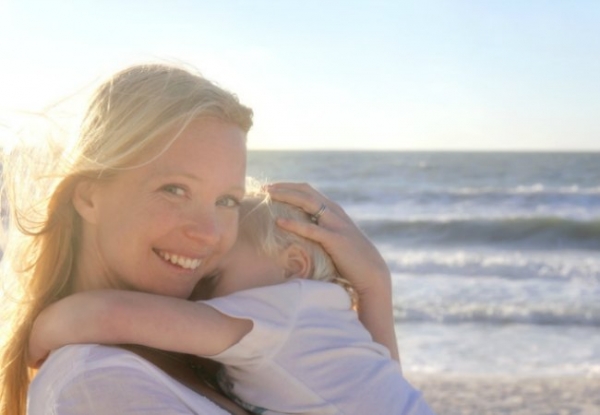Is Your Child’s Heart in Safe-Keeping?
by Rebecca EanesContinued...
Emotional separation is also wounding and unfortunately even promoted. The trouble with time-out is that it uses the child’s deep need for attachment against them. The same goes for sending a child to their room, ignoring them, or giving them the cold shoulder. Although you know in your heart that you still love and adore your child even when you have sent them away, a young child’s mind doesn’t process separation-based discipline like you do. This method seems to “work” because a child will often come into line quickly (if their hearts haven’t been hardened by too many wounds already), desperate to restore the emotional connection, but the price of the obedience is a wound to the child’s heart and to your attachment bond. Instead of using these common but wounding practices, go for connection-based discipline methods such as time-in.
##ad##
2. Shame – Another common method used to reach the goal of “the best” child is shame. Public shaming has become a parenting trend, with parents making their children hold embarrassing signs on the street or splattering their mistakes all over social media. Parents usually earn a pat on the back for this behavior, while their child suffers another wound to the heart that is supposed to be in safe-keeping. Private shame also takes its toll. “Why can’t you be more like ___.” “How could you be so stupid?” “You’re so naughty.” Shame researcher Brene Brown says, “Shame corrodes the very part of us that believes we are capable of change.” When a child is shamed, not only is a wound inflicted, but the shame makes it harder for the child to do better because they come to believe they are “naughty” or “stupid.” When those negative beliefs sink into their core, it becomes very difficult to change.
Instead of wounding with shame, be a child’s light reflector. It’s important to let them know that they made a mistake without leading them to believe they are a mistake. Correct positively and gently, and spend more time focusing on your child’s rights than wrongs and on their positive characteristics more than their flaws. I realize these may seem like obvious statements, but in the busyness and overwhelm of daily life, it can be easy to fall into the rut of constant criticism and complaining. Be mindful of the language you use because it does, in part, shape who your child believes he or she is.
3. Alarm – There are a great many things that can make a child feel unsafe. A few of them are common parenting practices. Spanking or the threat of physical harm is wounding because it makes children feel alarmed. It is very alarming when you cannot feel safe with those you depend upon entirely. Obviously neglect or other forms of abuse cause alarm, but there are less obvious culprits such as threats like “I’m leaving you here. You’d better come on” or leaving a child to cry unattended. When a child fears that his or her basic needs are not going to be met – the needs for food, shelter, safety, and love to name a few – they move to alarm, and a wound is inflicted.
Avoid alarming children as much as possible by providing a safe, loving home environment in which positive discipline is used and needs are quickly and consistently met. Comfort them when they cry, even it is at inconvenient times, and always try to convey the message that they are safe, loved, and cared for.
No child escapes childhood unwounded. Mistakes are going to be made because parents and caregivers are imperfect people. Even if parents were to be miraculously perfect, peers are often a source of wounding. Infrequent wounds can be healed and the attachment relationship mended. The goal is to do the least amount of harm possible and to heal the wounds we accidentally inflict quickly through reconnection. The purpose of this article is not to shame parents for past mistakes because we know that shame is not an effective teacher for our children or for us, but it is to remind parents in this busy, digital age that common practices aren’t always the best practices, even when they earn five minutes of fame online, and to be mindful of the fact that your child’s heart is in your hands. Be gentle.













